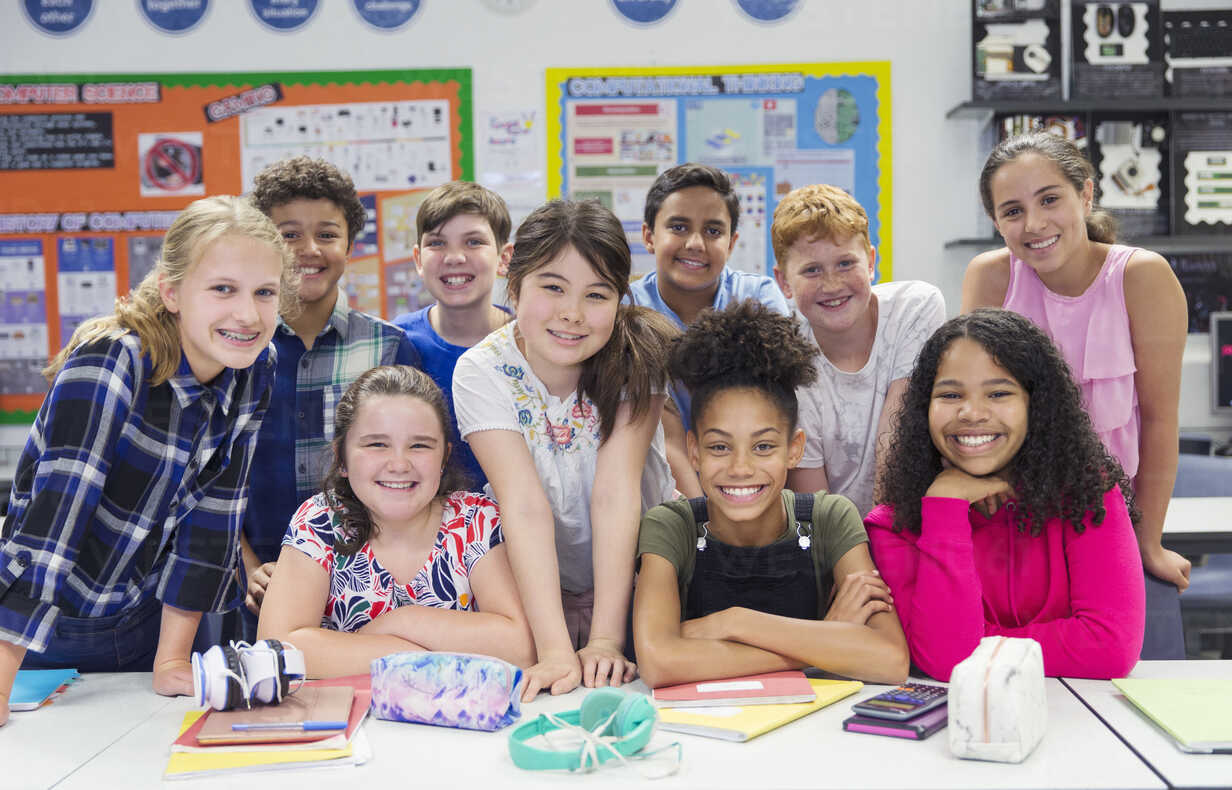Common Challenges Faced by Students in Junior High School

The transition to junior high school can present various challenges for students as they navigate a new educational and social environment. Here are some common challenges that students may face during this transition:
1. Increased Academic Demands: Junior high school often comes with a higher level of academic rigor and increased workload compared to elementary school. Students may encounter new subjects, more complex assignments, and higher expectations for independent learning. Adjusting to these increased academic demands can be overwhelming for some students, particularly if they are not adequately prepared or lack effective study skills and time management strategies.
2. Organization and Time Management: The transition to junior high school requires students to take on greater responsibility for managing their schedules, assignments, and extracurricular activities. Keeping track of multiple classes, due dates, and extracurricular commitments can be challenging. Students may struggle with organizing their materials, prioritizing tasks, and effectively managing their time, leading to feelings of stress and being overwhelmed.
3. Social Dynamics and Peer Pressure: Junior high school often involves a larger and more diverse peer group, which can be intimidating for some students. The social dynamics may change, and students may encounter new friendships, cliques, and social hierarchies. Peer pressure can become more prominent, with students feeling the need to fit in or conform to certain social norms. Navigating these social dynamics and finding a sense of belonging can be challenging for students during this transition.
4. Increased Independence: Junior high school grants students more freedom and independence compared to elementary school. While this newfound independence can be exciting, it can also be overwhelming for some students who are still developing their decision-making skills. Students may struggle with making choices, managing their responsibilities, and balancing their academic and personal lives.
5. Physical and Emotional Changes: The transition to junior high school coincides with the onset of puberty for many students. Physical changes, hormonal fluctuations, and the accompanying emotional adjustments can affect students’ self-esteem, confidence, and overall well-being. Students may also experience heightened emotions, mood swings, and increased self-consciousness, making it challenging to navigate social situations and focus on their academic responsibilities.
6. Managing Multiple Teachers and Classes: Unlike elementary school, where students often have one primary teacher, junior high school involves interacting with multiple teachers for different subjects. Students must adapt to different teaching styles, expectations, and classroom routines. Keeping track of assignments, understanding different grading systems, and building relationships with various teachers can be a significant adjustment for students.
7. School Environment and Facilities: Junior high schools are typically larger in size compared to elementary schools, with more students and a more complex physical layout. Navigating the school building, locating classrooms, and adjusting to a more extensive campus can be initially overwhelming for students. Additionally, the transition may involve using lockers, following a bell schedule, and moving between classes, which can be new experiences for students.
It’s important to note that while these challenges exist, schools often implement transition support programs, counseling services, and mentorship initiatives to help students navigate these obstacles and ensure a smooth transition to junior high school. By addressing these challenges proactively, schools can provide the necessary support and guidance for students to thrive academically, socially, and emotionally during this transitional period.



